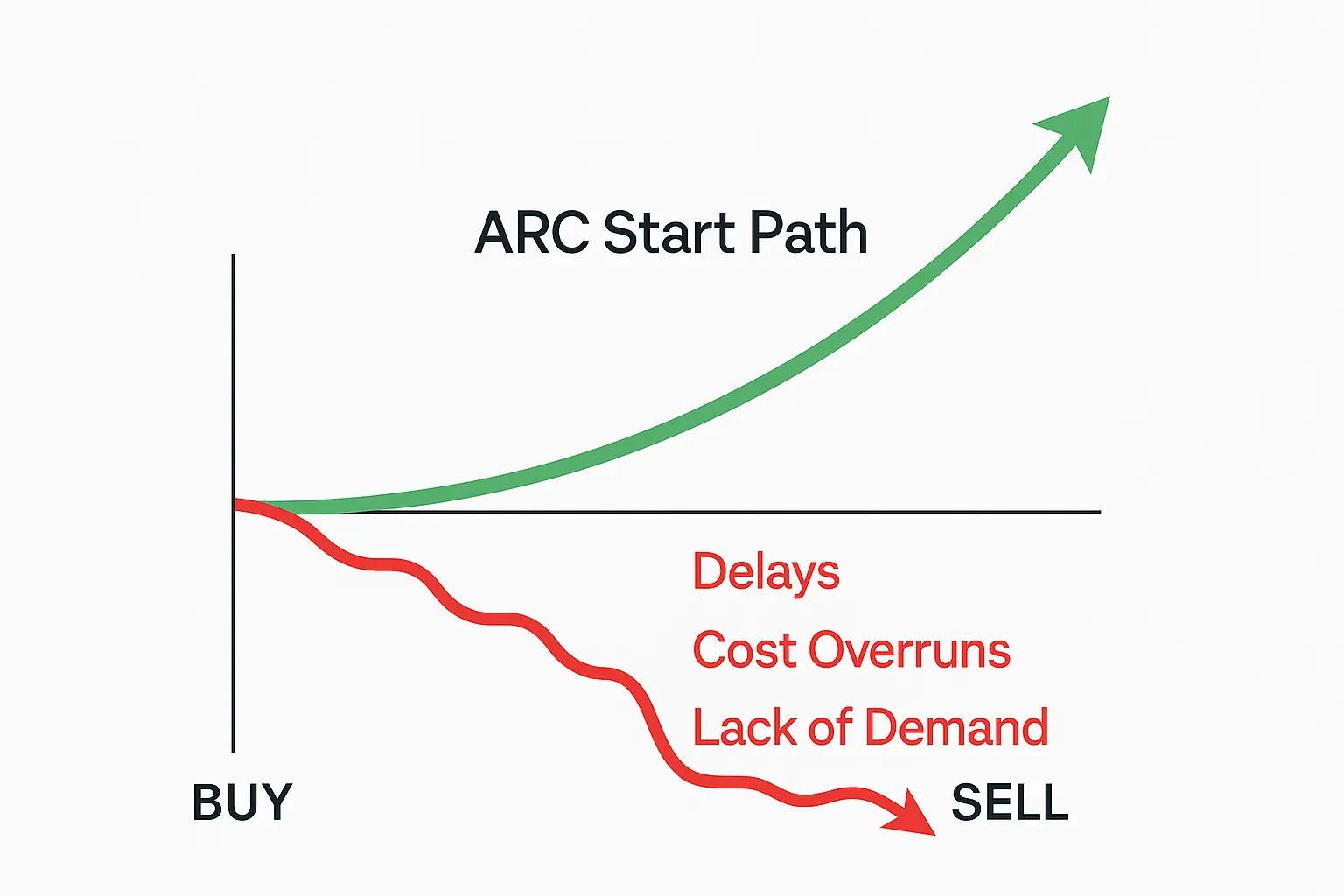Construction is the stage where strategic plans either succeed or fail. Vendor disputes, sequencing challenges, and change orders often create costly misalignment between what was approved and what actually gets built. Without structured oversight, internal teams are forced into a reactive position, leading to delays, cost overruns, and compromised outcomes.
Owner-aligned construction advisory provides the discipline needed to keep projects on track. By reinforcing internal decision-making, improving visibility, and establishing control from preconstruction through closeout, organizations gain the structure to execute with confidence.
For developers, investors, and operators, construction advisory is not about micromanaging contractors. It is about protecting capital, ensuring accountability, and making certain that projects deliver on their strategic intent.
Benefits:
● Stronger cost and schedule control across all phases of construction
● Clear visibility into risks before they disrupt execution
● Owner-driven alignment between design, approvals, and delivery
● Higher certainty of achieving financial and operational objectives


Construction execution introduces daily risks that can erode budgets and delay schedules if not managed proactively. Owner-aligned advisory ensures that field operations remain accountable to the original plan while providing visibility into emerging issues. This transforms project management from reactive firefighting into strategic oversight.
Advisors track progress against budgets and schedules, validate change orders, and coordinate with contractors to maintain accountability. This reduces disputes, improves decision-making, and ensures that leadership has reliable data to act on.
Core components of execution oversight include:
● Performance monitoring against baseline budgets, schedules, and quality standards
● Change order management with structured review and approval processes
● Risk tracking and escalation to address issues before they impact cost or schedule
● Contractor accountability through transparent reporting and regular status reviews
This model gives owners confidence that every dollar is managed responsibly and that the project remains aligned with financial, operational, and strategic objectives.

The foundation of every successful project is built in preconstruction. Early missteps in budgeting, scoping, or scheduling can lock in cost overruns before work begins. Advisory support at this stage validates assumptions, challenges vendor inputs, and ensures that project goals are aligned with financial realities.
By integrating oversight into the planning phase, owners gain clarity on whether contractor estimates reflect true market conditions, whether scopes are properly defined, and whether schedules are achievable. This creates transparency and prevents gaps that become costly change orders later.
Key areas of preconstruction oversight include:
● Estimate validation to confirm contractor and broker numbers against benchmarks
● Budget-to-scope alignment that ensures financial commitments match design intent
● Constructability reviews that highlight conflicts before drawings are finalized
● Schedule development tied to realistic lead times and sequencing logic
With structured advisory in preconstruction, owners move into execution knowing that the budget, schedule, and scope have been pressure-tested and designed for success.

The final phase of construction is where projects often stumble. Without disciplined closeout, owners can be left with incomplete documentation, unresolved deficiencies, or unverified final costs. Advisory oversight ensures that project completion is structured, transparent, and aligned with owner expectations.
Advisors manage punch list resolution, validate cost reconciliations, and secure warranties and turnover materials. This provides stakeholders with assurance that the project is not only built but delivered in full compliance with contractual, financial, and operational requirements.
Key elements of closeout oversight include:
● Punch list coordination to ensure all deficiencies are resolved
● Final cost validation that reconciles pay applications with approved budgets
● Documentation handover including warranties, manuals, and as-built records
● Transition support to ensure smooth handoff to operations and asset management teams
With structured delivery assurance, owners conclude projects knowing that financial exposure is closed, risks have been addressed, and assets are ready to perform as intended.
Establish structured oversight to align field execution with owner priorities. Maintain visibility without stepping into day-to-day operations.
View case studyApply clear evaluation criteria to contractor change requests. Focus on alignment with scope, cost assumptions, and project intent.
View case studyIdentify coordination gaps, lead-time risks, and overlooked trade conflicts. Enable early action before issues escalate.
View case studyTranslate site-level developments into strategic insights for internal teams and capital partners. Reinforce alignment across all stakeholders.
View case studyStrideArc Construction Advisory delivers the most value when internal teams face growing execution complexity, escalating costs, or a lack of visibility into project performance.
● Construction is underway, but no owner-side structure is in place
● Change orders or delays are impacting capital, phasing, or delivery
● Internal reporting or contractor accountability is unclear or inconsistent
● Lenders or investors are requesting updates the team can’t fully provide
● Stakeholders lack alignment, escalation paths, or progress visibility
StrideArc helps internal teams maintain alignment, mitigate execution risk, and preserve momentum.